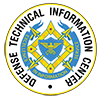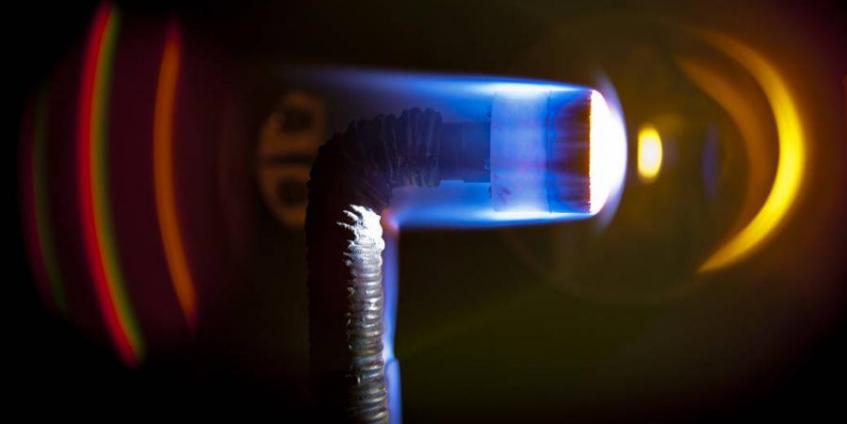Electric solid propellants are being explored as a safer option for pyrotechnics, mining, and in-space propulsion because they only ignite with an electric current. But because all of these applications require high heat, it’s important to understand how the high temperatures change the propellants’ chemistry. Researchers from the University of Illinois at Urbana-Champaign, Missouri University of Science and Technology, and NASA used a computer model that simulates the thermochemical properties of high-temperature materials to predict the thermochemistry of a new high-performance electric solid propellant.


